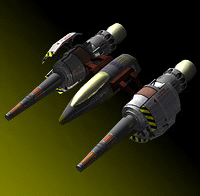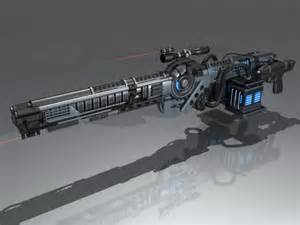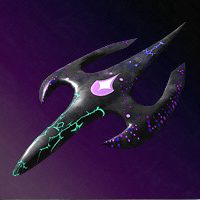


The coherent diffractive imaging technique, with its simple experimental design, has produced perhaps the fastest images ever taken. In experiments at FLASH it was demonstrated that no structural damage occurred within the multilayer during the short (25 fs duration) FEL pulse to within 0.3 nm. In this case, the measurement of the multilayer reflectivity provided a very accurate way to monitor changes in the atomic positions and the refractive indices of the materials in the layers. One such application was the use of a multilayer film as a nanostructured sample to study the interaction of FEL pulses with matter. Multilayers with nanometer periods are now indispensable in cutting-edge experiments at FELs, not only as X-ray optics but also as samples. These capabilities were a key ingredient in the success of the Extreme Ultraviolet Lithography project carried out at LLNL and other laboratories. Lawrence Livermore National Laboratory (LLNL) is a leader in design and fabrication of multilayer x-ray optical components (including lenses, mirrors, beam splitters, synthetic holographic optical components) for the last 25 years.

Such structures are necessary to efficiently reflect soft X-rays at angles of incidence steeper than the critical angle. Multilayer coatings are artificial structures that may be designed to enhance reflectivity through constructive interference of beams reflected from the many layer interfaces. The shorter the wavelength the narrower the reflectivity peak width and the higher the specifications for wavelength matching across the optic. Coherent diffractive imaging was performed with cameras operating at 32 nm, 16 nm, 13.5 nm and 4.5 nm, each utilizing a different multilayer design. Indeed, the multilayer design had to double in period over only 28 mm. To reflect scattered light over this wide angle range required a multilayer coating with a very steep lateral gradient. The FLASH free-electron laser (FEL) produces intense ultrashort soft X-ray pulses with more than 10.
EV NOVA WHERE TO BUY ION CANNON FREE
Newly developed multilayer-based mirrors and optical elements enable the imaging of high-resolution structure and ultrafast dynamics of samples with the soft X-ray free electron laser, FLASH, at DESY in Hamburg.


 0 kommentar(er)
0 kommentar(er)
